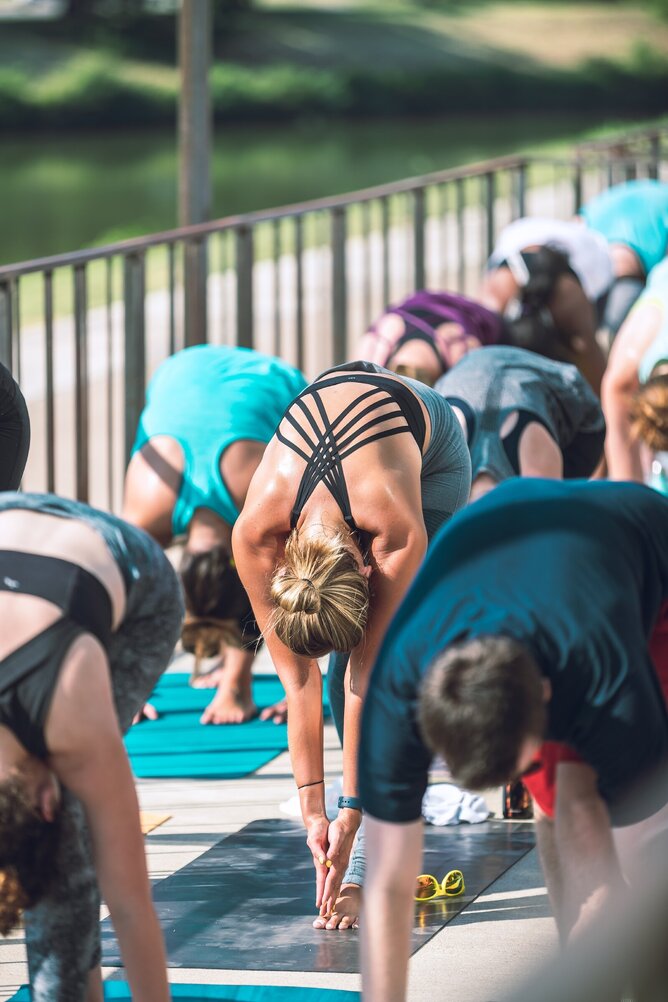Shoulder Injuries - A Deep Dive
Holistic Strength: Shoulder Injuries - A Deep Dive
At Holistic Strength, we pride ourselves as being a leading team of exercise physiologists in Perth. A large part of our work revolves around helping individuals navigate and recover from various injuries. Today, we’re focusing on one of the most common and complex areas of concern: shoulder injuries.
Shoulder Pain in Australia: A Snapshot
Australia, like many countries around the world, sees a significant number of individuals struggling with shoulder pain. Current statistics suggest that up to 30% of adults experience shoulder pain at some point in their lives. Given our nation’s population, this equates to millions of Australians grappling with shoulder discomfort and dysfunction over the course of their lifetime.
The Cost of Musculoskeletal Injuries to Workers Compensation Insurers
Shoulder injuries, especially those sustained at work, pose a significant economic burden. Thats why Corporate Health in Perth is so vital to the workplace for both employer and employee. The average musculoskeletal claim with more than one day of lost time at work equals $62,322. Beyond the monetary implications, the personal cost of lost work, reduced quality of life, and the emotional toll of chronic pain cannot be understated which is why it's important to engage an exercise physiologist.
Prognosis and Recovery Timeframes
Recovery from a shoulder injury varies widely based on the severity and nature of the injury. Broadly speaking:
- Mild sprains and strains: 2-6 weeks
- Rotator cuff tears (non-surgical): 3-6 months
- Post-surgical recovery: 4-6 months to a year (or more, in complex cases)
It’s crucial to understand that everyone's healing journey is unique, and several factors – from age, overall health, to the quality of care – can influence recovery times.
To Scan or Not to Scan?
One of the most frequent questions we get is regarding the necessity of imaging for shoulder pain. While imaging like MRIs and X-rays can be helpful, they are not always essential. Many minor to moderate shoulder conditions can be diagnosed clinically – through a detailed history and physical examination.
However, if your pain is persistent, severe, or if there’s a suspicion of a more complex injury (like a significant tear or fracture), then imaging becomes invaluable. Always consult with your GP and physio to determine the best course of action.
Passive Therapy vs. Active Therapy
When it comes to treating shoulder pain, there's often a debate between passive and active therapies.
Passive therapies are those done to the patient, not by the patient. Think of treatments like massage, acupuncture, and some modalities used by physiotherapists or chiropractors. While they can provide relief, especially in the acute phase, they are not typically curative by themselves.
Active therapies, on the other hand, involve the patient’s participation. These include exercises, stretches, and strength training programs. Active therapies often address the root cause of the problem, be it muscle imbalance, weakness, or lack of flexibility.
While both therapies have their place, we at Holistic Strength firmly believe in the power of active rehabilitation. It empowers patients, providing them with tools and knowledge to take control of their health and our exercise physiologists love to help our valued patients.
Why an Exercise Physiologist?
This brings us to the crux of the matter: why should someone with a shoulder injury seek out an exercise physiologist like those at Holistic Strength?
1. Expertise: We specialise in understanding human movement. This expertise allows us to design safe, effective, and individualised exercise programs for injury rehabilitation.
2. Holistic Approach: Beyond just treating the symptom (pain), we aim to identify and address the root cause of the issue. This comprehensive approach ensures a more sustainable recovery.
3. Empowerment: We believe in educating our patients. When you understand your body better, you're more equipped to prevent future injuries and maintain optimal health.
4. Active Rehabilitation: As mentioned earlier, active therapy often yields the best long-term results. Exercise physiologists are trained to guide you through this process, ensuring you're not just recovering, but thriving.
In conclusion, shoulder injuries are prevalent, costly, and can be complex. However, with the right guidance, tools, and mindset, recovery is not just possible, but probable. At Holistic Strength, we’re here to guide you every step of the way. Don't let shoulder pain hold you back – reach out and let us help you regain your strength and vitality.
